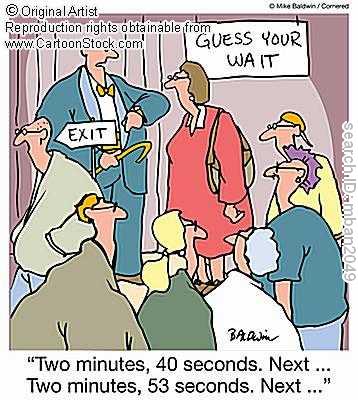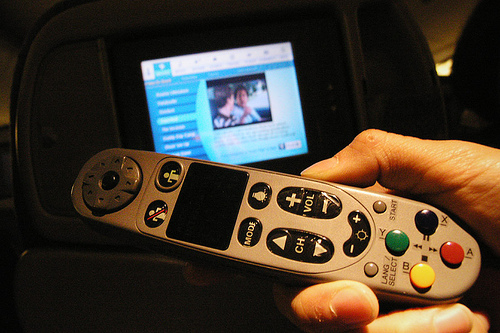Every time I embark on an airplane, the waiting time in the airport proves to be valuable time spent exploring new venues and starting cogitating about nothing and everything, mostly things that could be related to consumption and society. I recently traveled to Norway for the Macromarketing Society Annual Conference, using KLM as my airline company, to present a paper about the measurement of service quality on governmental websites.
My experience in Norway was excellent and so was the flight service offered by KLM. However, I didn’t really notice that the flight service was that good until I started to think about it while waiting outside the airport for the bus that would take me to my hotel. The reason why I didn’t notice that the service was good during the flight is that I didn’t have time to think about it, since I was occupied: (1) watching movies, (2) learning a few words in mandarin, (3) eating little bites or (4) drinking free cheap wine.

In this era of customer empowerment, this phenomenon of not thinking about the quality of the service you are receiving at the actual moment could be generalized by saying that if you are thinking about the quality of the service while you are suppose to accomplish your task (whichever it might be), chances are high that it is because you are not satisfied. Thus, one important point is that company don’t want you to have time to think about the service quality. And this is related to the fact that individuals tend to think about the obstacles during their tasks rather than the things that facilitate them. In this way, why would you lose your time thinking about good service? In the same sense, who would call his mobile phone provider to say that he is happy with the service? The answer is nobody, unless you are feeling lonely and/or thinking that the customer service agent has a pretty sexy voice.

But what is the link with e-marketing? one may ask. The interesting thing about this phenomenon is that it can be applied to multiple settings: (1) shopping environments (including grocery stores), (2) restaurants, (3) entertainment events, and most importantly, (4) websites. Thus, when using verbal protocols in usability testing, if users are not saying a word about the service quality of the website, don’t panic, this is a good sign. Following that hint, this is why Key Performance Indices (KPIs) such as the “time spent on the website” and “the total number of page views” have been so many times criticized by both practioners and academicians.
So next time you fly (with KLM or not…) or simply navigate on a website, I hope you won’t have time to think about the quality of the website.
Jean-Francois Belisle